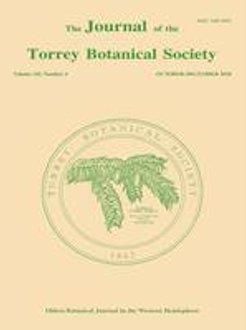Coastal Everglades are experiencing a steady increase in soil and groundwater salinity due to sea level rise. Increase in soil salinity threatens plant assemblages in coastal upland forests of Everglades National Park (ENP). Here we test the effects of increase in soil salinity on saplings of tropical woody species common to the coastal hammocks (forests) of ENP, FL. Saplings were subject to salinity levels ranging from control (freshwater) to 30 parts per thousand (ppt). Significant mortality was observed among species of hardwood hammocks such as Piscidia piscipula (L.) Sarg., which displayed 7%, 20%, and 30% mortality in salinity levels of 5, 15, and 30 ppt, respectively. The canopy-forming Conocarpus erectus L. (buttonwood) and Cynophalla flexuosa (L.) J.Presl, an understory shrub of buttonwood hammocks, exhibited 100% survival across salinity treatments. Stomatal conductance and final shoot biomass were significantly higher in control than 30 ppt for all species except C. flexuosa. Our results suggest that the species of coastal hardwood hammocks show greater vulnerability to increase in soil salinity than the species of buttonwood hammocks. Increase in soil salinity will lead to decline in species diversity, biomass, and canopy height of coastal upland communities.
How to translate text using browser tools
6 November 2018
Effects of salinity on saplings of coastal hammock trees of the Everglades National Park, Florida, USA
Sonali Saha,
Jimi Sadle,
Craig van der Heiden
ACCESS THE FULL ARTICLE
biomass
buttonwood
Coastal forests
Sea level rise
stomatal conductance





